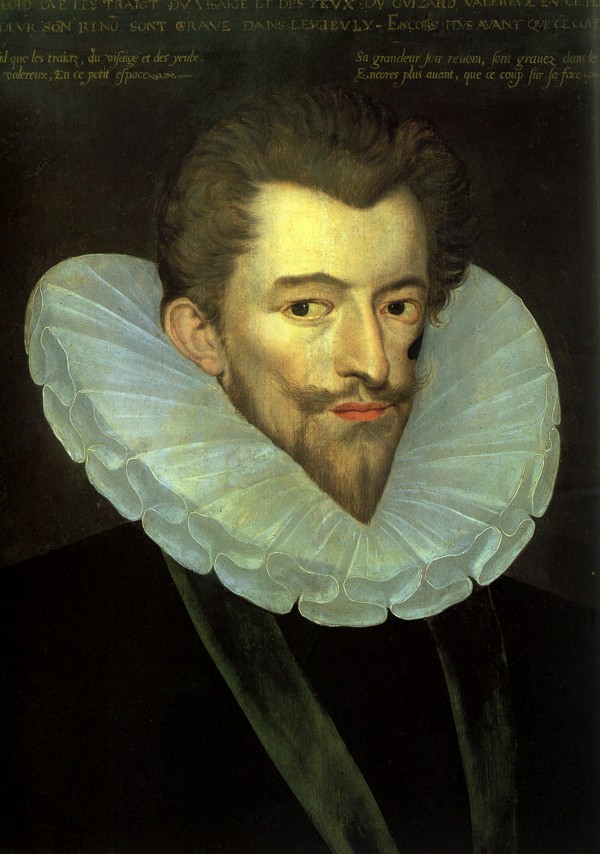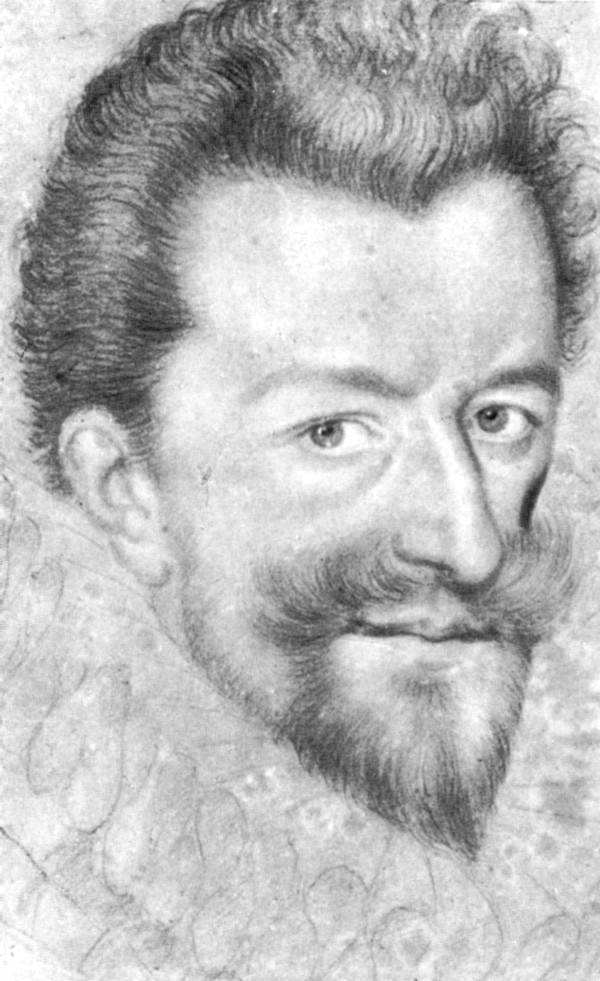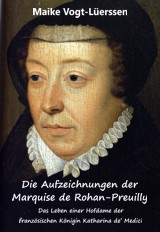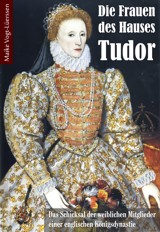als E-Book bei amazon.de erhältlich, € 6,99
als Buch bei amazon.de erhältlich, € 11,63, ISBN 978-1-5190-3331-4


Über den Charakter von Heinrich I. von Guise erfahren wir Folgendes: "Henri [= Heinrich I.], third Duke of Guise, born at Joinville on New Years' Eve, 1549 … was not interested in letters and, in spite of the close attention of his uncle [Cardinal Charles] and his grandmother [Antoinette de Bourbon], his knowledge of matters theological was superficial. … Like his father and grandfather, he was more interested in traditional aristocratic pursuits and his letters resound with the themes of horses, hunting, and war ... the portraits of the new duke [Heinrich oder Henri] support the contention of observers that Henri – as "beautiful as an angel", according to the Venetian ambassador – surpassed even his cousin, Maria Stuart, in looks. He had the trademark pale visage and curly, strawberry blond hair. He was tall too and had a good physique shaped by the usual martial sports and tennis and, more unusually, swimming – he could, it was said, swim across a river in armour. He inherited both his father's charm and common touch: his immense attractiveness to women and affability with commoners would later be major political assets. If Henri had an Achilles heel it was hubris. In his father, the inbred pride of the aristocrat had been tempered by reserve and modesty, which charmed even his enemies. Henri, in contrast, inherited some of his uncle's [Cardinal Charles] arrogance." (in: Stuart Carroll: Martyrs and Murderers – The Guise Family and The Making of Europe. Oxford and New York 2009, pp. 185-186)

"A story told by Marguerite de Valois about the young duke [Henry of Guise] ... Asked by her father, Henry II, which prince she preferred, Guise or the Marquis of Beaupréau, son of the Prince of la Roche-sur-Yon, she agreed that Guise was without doubt the better looking but she preferred the other because 'every day the duke does something bad to someone and always wants to be master'. The story is probably apocryphal but it stood the test of time because it captured something essential. [In Wirklichkeit konnte Marguerite von Valois dem Charme von Heinrich I. nicht widerstehen. Ob es zum geschlechtlichen Verkehr zwischen den beiden gekommen war, wissen wir nicht, jedoch wurde ihre Beziehung als Skandal am königlichen Hofe betrachtet. Heinrich I. wurde danach sogar gezwungen, eine für ihn ungünstige Ehe mit einer anderen Prinzessin einzugehen, denn Marguerite sollte schließlich Heinrich IV., den König von Navarra, heiraten. Damit ließen sich die Gerüchte allerdings nicht aus der Welt schaffen.] … During a solemn religious procession in Paris led by the king [Charles IX.], there was a scuffle between one of the duke's pages and a royal archer. Alerted to this, the duke walked over to the archer and in the middle of the street ordered the man to kneel while his page administered two small slaps. For good measure Guise then struck the poor man with his own gloves, 'which several people, including the king, found very strange.' This exaggerated sense of his own reputation extended to the hatred which consumed him." (in: Stuart Carroll: Martyrs and Murderers – The Guise Family and The Making of Europe. Oxford and New York 2009, p. 186).


als Buch bei amazon.de: 552 Seiten, mit Stammtafeln und 292 sw Bildern, Independently published, 1. Auflage, ISBN 978-1-9768-8527-3, € 31,84 (großes Buchformat: 21 x 27 cm)
als E-Book bei amazon.de erhältlich, ca. 1.000 Seiten mit Stammtafeln und 292 Bildern, € 29,89